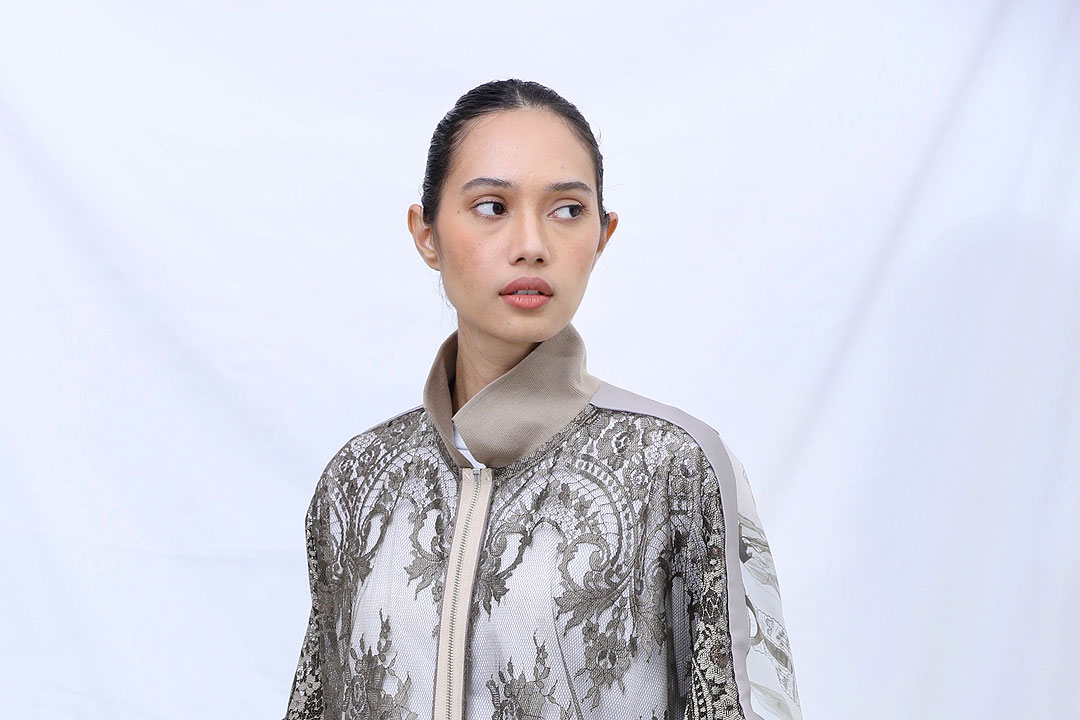
ONCE one of the country’s most wanted models, Jo Ann Bitagcol transitioned to working behind the lens in the early 2000s. In Rhett Eala’s new concept store in Greenbelt, her past, present, and future all meld together in a clothing line.
Asked during the opening to count her years working, she said, “Sh*t. I don’t know, because I still model now for special projects.” She counts her start in modelling to 1996 (according to a story from the Philippine Star, she had one of those legendary discovery stories, being spotted in a place that sold pancit). This is how she counts the years of her career: “In front (of the camera), it’s maybe around eight years. Behind — that’s a lot of years,” she said. “Let’s just say more than 20 years.”
Her clothes are made of pictures of clothes on clothes: during the pandemic, she was photographing Filipiniana clothes for a book project. She also gained access to the archives of Gino Gonzales (a well-known theater designer who was one of the creators behind the book Fashionable Filipinas), which she also photographed. Using her outtakes (which were supposed to be just for her own archives), these photographs were converted into digital art, then printed onto silk. These in turn became scarves, tops, and even her own version of a barong (a print of a barong on a tunic). Two cycles of photographs (one was a collection of ternos; the other, antique barongs and handkerchiefs) formed two collections.
During the opening of Rhett Eala’s store on Dec. 6, there was a certain edginess to her look. She combined an embroidered Rhett Eala T-shirt, worn back-to-front, and used one of her printed pullovers as a skirt. “That’s how I want my pieces also: worn several times, and in different ways. All body shapes and types can wear it, and all ages can relate to it as well,” she said. A gray pearl pendant rested at the base of her throat, accompanied by a strand of more classic white pearls.
The printing is done abroad, but the line is produced here.
“I only have one mananahi (seamstress),” she said. “That’s why my production is so small.” For example, if one likes a certain print, one can choose to have it framed, or worn as a scarf. This will then be hand-hemmed, which she says takes hours to do because the material is so fragile.
Not many women like her can boast of working on both sides of the camera. “This is all now the fruit of all my resources as a model, and then being in the fashion industry as a photographer, and working with a lot of creative designers,” she said.
“I’m happy. I was able to transform and translate my ideas to how I want it.” — Joseph L. Garcia
Photographs of photographs embellish Jo Ann Bitagcol’s new fashion line
Source: Bantay Radio
0 Comments